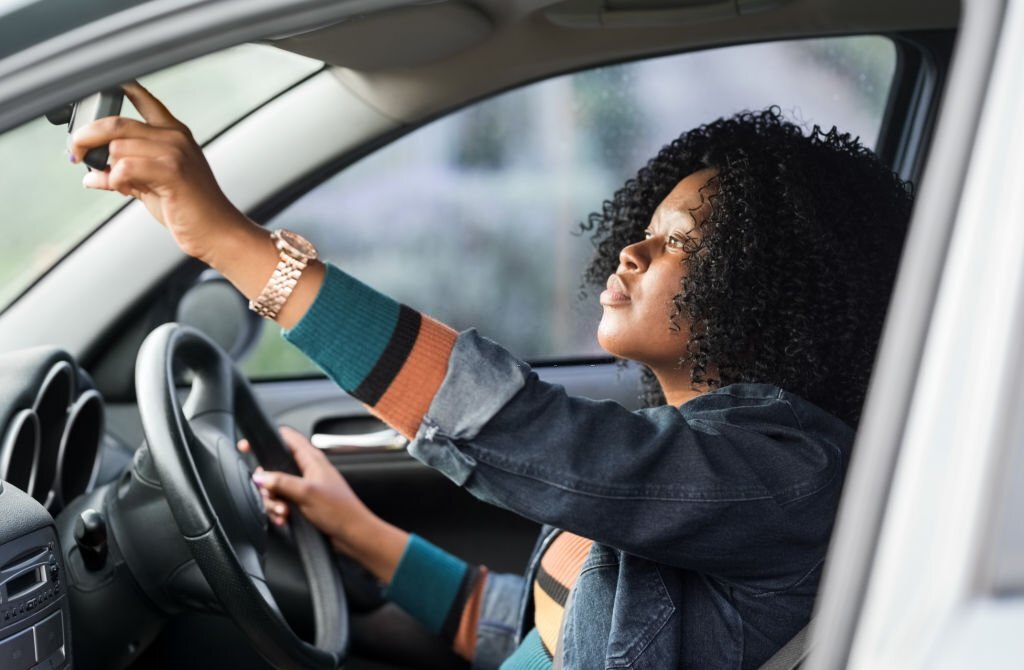
Kenyan Driving
Kenya is a desirable location. From deserts and mountains to safaris and white sand beaches, it has it all. Driving in Kenya is probably not the same as driving in your home country or in Europe, however that is true of all overseas locations.
You might choose to fly, take a taxi, or rent a car with a driver if you want to completely avoid driving in Kenya. The independence and convenience of having your own car available, however, cannot be matched. There is no one to coordinate with, no waiting period, and you can also be a little bit impulsive.
Here are all the advice I have for making sure your driving experience in Kenya is safe because I was born and raised there and have driven all around the country.
Regulations And Rules
Kenya’s official traffic laws and ordinances are very comparable to those in most other nations.
You must wear a seat belt, carry your vehicle insurance and registration papers with you, have a valid license, and be at least 18 years old in order to drive. Other requirements include that the car is roadworthy and insured. You also cannot exceed the posted speed limit or drive while intoxicated.
My date of birth is listed on my Kenyan driver’s license as “above 18.” I tried utilizing to get into bars, and you can’t.
The only thing that might be different from your home country is that Kenyans drive on the left, which was a British legacy. Additionally, since the vehicle is covered rather than the driver, only the vehicle itself needs to be insured.
This is very convenient because it allows anyone with a license to drive any car and be covered by insurance without needing their own policy.
Of course, there are a ton more driving laws in Kenya, and you can read about them all in the official 239-page traffic act document here.
The following guidelines are the most crucial to abide by out of all those mentioned:
Always fasten your seatbelt; this rule applies to all passengers.
Always keep your driver’s license, registration, and insurance documents with you in the vehicle.
Avoid using a phone while driving without a hands-free device.
Observe the left-side of the road when driving.
Avoid drinking and driving.
Overall, driving in Kenya is very straightforward, but local restrictions play a bigger role than anything else.
Public Laws
Driving in Kenya essentially involves making up rules and regulations as you go along because very few of the aforementioned rules and regulations are really observed. These local legislation should be complied with.
The Right Of Way Is Occupied by Animals
Animals have the right of way, including cows, chickens, and goats. You will have a major headache to cope with if you kill an animal on the road that shouldn’t be there.
At the very least, you’ll need to buy the animal you killed to make the local Kenyans whole again since they rely on their animals for many different purposes.
This gives danger perception a completely new dimension because you’ll need to see a chicken running across the road from behind a bush in order to avoid hitting it.
The majority of the time, people drive on the left until they encounter a barrier in their path. Animals, potholes, and even traffic might be obstacles. Your senses must be sharp because you never know when the car in front of you or approaching you will swerve out.
In times of heavy traffic, I’ve seen two-way streets transform into six-way streets. The firm shoulder or filthy track suddenly turns into additional lanes as everyone scrambles to fit into the smallest of places.
There are motorcycles everywhere in cities and towns.
In Kenya, using a boda boda, or motorcycle taxi, is the least expensive mode of transportation. These people will be overtaking you simultaneously from both sides, so use your mirrors to avoid being caught off guard.
More of a game of life is overtaking.
There are opportunities for safe overtaking, however the volume of vehicles and Matatus (local minibus transportation) make it more difficult. They frequently attempt overtakes with very little space, forcing oncoming traffic to slow down or stop in order to narrowly avoid a collision.
Even while crashes do occur and should occur more frequently given the way some drivers drive, you hardly ever see one. Nevertheless, it does make the hairs on the back of your neck rise up.
Always be prepared to allow a minibus pull in at a moment’s notice if one is trying to pass you. The greatest suggestion is to simply slow down and let them proceed.
Africa Is Not in a Rush
There is truth to the adage “There is no hurry in Africa.” The universe seems to be against you while you’re rushing to get somewhere. The goal is to just arrive at your destination when you get there, not at any certain moment.
Driving in Kenya is best done in this manner because it will make things go much more smoothly and there will be enough to see and observe, whether it be lock culture, a market, or beautiful scenery.
Things to Consider
Knowing a few driving guidelines and considerations will make every travel a little bit simpler in Kenya.
A police check
You may encounter occasional police stops when driving in Kenya. As a result, you can notice them approaching since there will be spikes in the road and several soldiers standing by holding rifles while wearing blue shirts. Be not alarmed by the guns; it is simply the way things are in Africa.
90% of the time, the police will verify the validity of the insurance disc on your windscreen and may even request your license. They may try to identify an issue with your automobile, request to search it, and possibly recommend that you pay the fee right away, which may be a form of bribery.
In Kenya, it is against the law to bribe officials, so if you are asked to pay a fine, make sure to ask for a receipt and to show the officer’s ID.
Petrol Stations
Major brands including Shell, Texaco, and Total are available at reputable gas stations in Kenya. They are frequently positioned on almost all roadways, so you shouldn’t run into any problems. Water, soft drinks, food, oil, and even phone credit are typically available at them as well.
They also provide other services like tire air, and the majority of them can repair a puncture for you for around $5 or less.
Transport a Spare Tire
In Kenya, you’re pretty likely to acquire a flat tire, but fortunately, as was already indicated, mending them is simple. However, just in case, you should always have a spare tire, jack, and wheel spanner with you.
Parking
In Kenya, parking options range from pulling up on a shady street corner to a posh mall in Nairobi. Make sure you park in a place you know is secure, and don’t be shocked if a parking attendant requests 50 cents when you park on the sidewalk; in certain places, this is the norm.
driving after dark
In Kenya, it is safe to drive at night as long as you stay away from dangerous areas, which is the rule in most nations. The headlights are the only challenging aspect of nighttime driving. Many motorists operate their full beams while driving, which temporarily blinds you. Even using sunglasses helped me avoid getting a headache from this.
Another item to watch out for is a headlight with only one bulb. Naturally, you assume it’s a motorcycle, but more frequently than not, it’s a car or truck with only one functioning headlight. It’s not always a little motorbike coming, so don’t try to overtake or squeeze through.
Speed Hills Are Covered
In Kenya, most speed bumps are concealed. The majority of them once had paint on them or a sign, but these things were never kept up. They resemble the road, therefore it’s simple to overlook them and strike one at 80 kph, which will cause damage to your car.
Be careful to keep an eye out for these telltale indicators by looking to the side of the road, where villagers frequently place rocks on the ground next to them to denote where they are.
Road Situation
Nearly all of Kenya’s main highways are paved, but you can find potholes on most of them. Identifying and avoiding potholes should be included to the list of additional dangers to be mindful of. If you can’t escape the potholes, drive as slowly as you can to prevent causing harm to your vehicle.
Driving in Kenya is likely to take you down a dirt road if you veer off the main route. Although they are much quieter than busy highways, these can be bumpy and dusty, so go slowly.
Should you operate a vehicle in Kenya?
Absolutely. If you take everything with a grain of salt, driving in Kenya may actually be a lot of fun. You get to experience a variety of fascinating sights, really get a sense of the nation and its people, and it also serves as your ticket to a self-drive safari.
I hope I didn’t offend you. I have only seen one accident in my thirty years of driving in Kenya, and that was when I was rear-ended in a busy intersection. Driving in Kenya is generally somewhat relaxed, especially outside of Nairobi or Mombasa.




